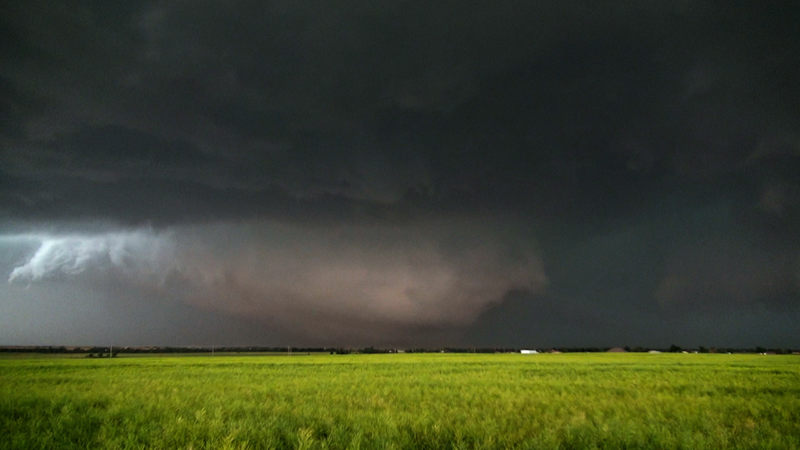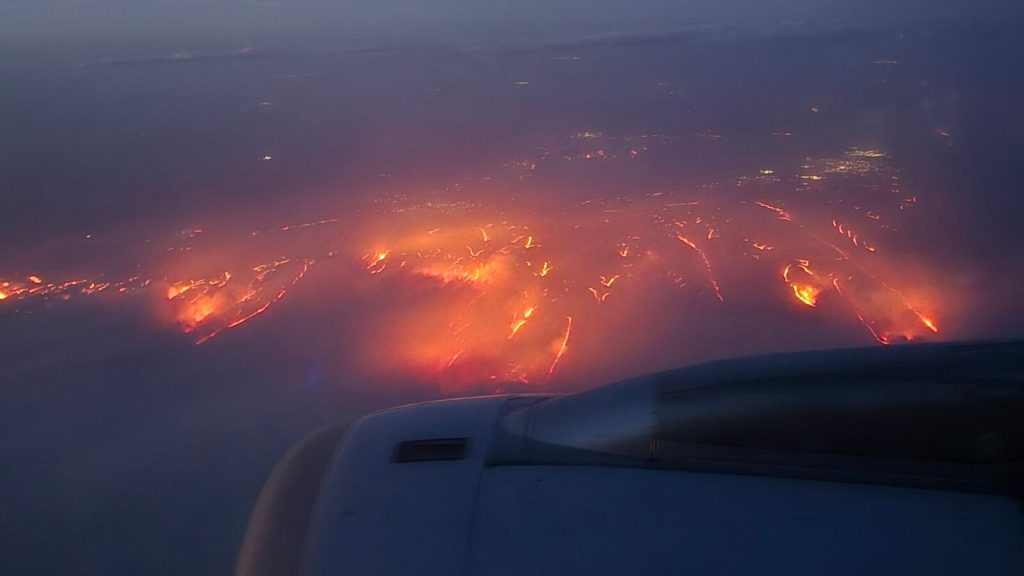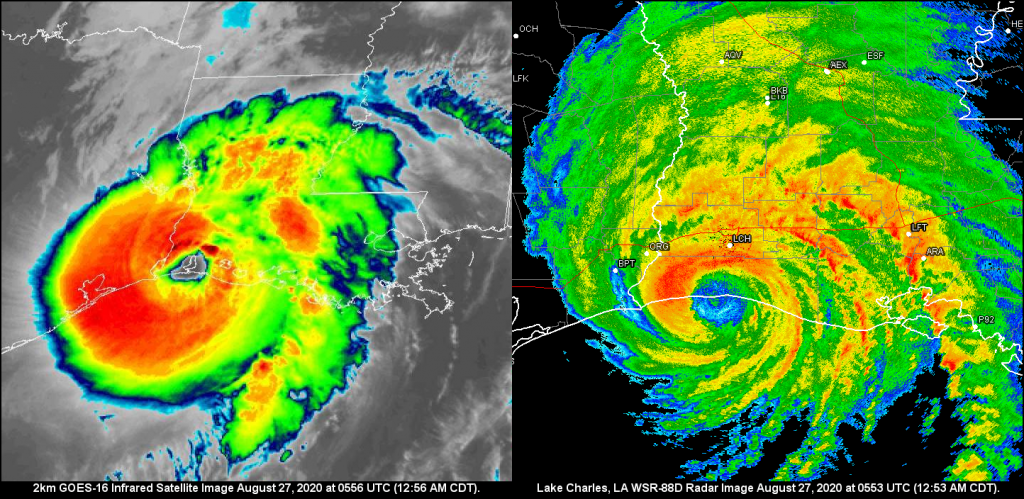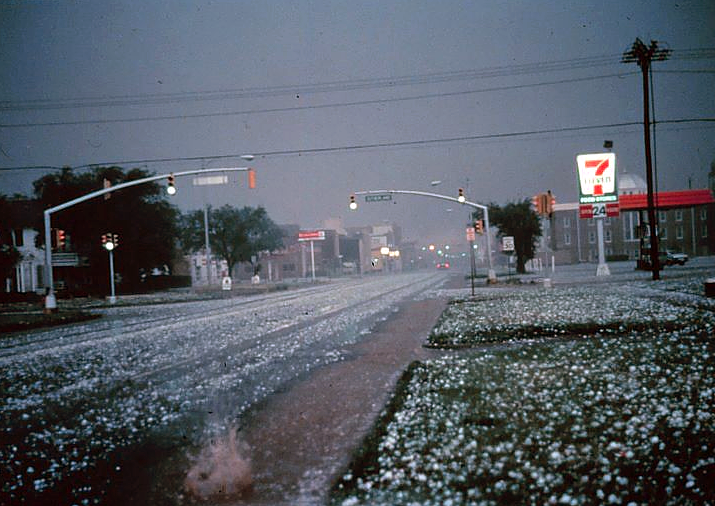The late afternoon of May 31, 2013, witnessed the birth of a meteorological monster on the open plains west of Oklahoma City – the El Reno tornado. This colossal twister, eventually reaching a staggering 2.6 miles wide, etched its name in history as the widest tornado ever recorded. Its immense size and erratic behavior posed a significant challenge for storm chasers and researchers, ultimately claiming the lives of three experienced storm chasers who were caught in its unpredictable path.

The day began with a heightened sense of awareness among meteorologists and storm chasers. The Storm Prediction Center had issued a high-risk warning for severe weather, highlighting the potential for strong, long-track tornadoes across central Oklahoma. As the afternoon progressed, supercell thunderstorms began to develop, their towering structures visible from miles away. Among these storms, one particular supercell exhibited ominous signs of rotation and quickly became the focus of attention.
At approximately 6:03 pm, the El Reno tornado touched down, initially as a relatively narrow funnel. However, it rapidly intensified and expanded, growing wider and wider as it churned across the open landscape. The tornado’s erratic movements and multiple vortices made it difficult to track and predict, posing a significant danger to those in its path.
Caught in the Colossus: Stories of Impact and Loss
The El Reno tornado’s unpredictable nature and immense size had a profound impact on those who encountered it, including experienced storm chasers and researchers who dedicated their lives to understanding these powerful storms.
- TWISTEX Team: The TWISTEX (Tactical Weather Instrumented Sampling in/near Tornadoes Experiment) team, a group of researchers studying tornadoes, was caught in the path of the El Reno tornado. Their vehicle was tossed by the tornado’s winds, resulting in injuries to several team members and tragically claiming the life of renowned storm chaser Tim Samaras, his son Paul Samaras, and fellow chaser Carl Young.
- Other Storm Chasers: Several other storm chasers had close encounters with the El Reno tornado, capturing dramatic footage of the twister’s immense size and erratic movements. Many experienced the dangers of chasing such a large and unpredictable tornado firsthand, highlighting the risks associated with this activity.
- Record-Breaking Width: At its peak, the El Reno tornado reached a staggering width of 2.6 miles, making it the widest tornado ever recorded. This immense size is attributed to the presence of multiple vortices within the parent circulation, effectively creating a massive wedge tornado with a broad damage path. The sheer width of the tornado made it difficult to perceive its full extent from the ground, leading to challenges in tracking and warning for its path.
- Fluctuating Intensity: The El Reno tornado exhibited rapid fluctuations in intensity, ranging from EF3 to EF5 on the Enhanced Fujita scale. This variation in strength is a characteristic of many large tornadoes and is influenced by the complex dynamics of the storm’s updraft and the inflow of air feeding the tornado. The tornado’s multiple vortices also likely contributed to its fluctuating intensity, as each subvortex could possess varying degrees of strength.
- Damage Indicators: Despite its immense size and fluctuating intensity, the El Reno tornado’s damage path was primarily rated EF3. This is because the tornado traversed mostly rural areas with few structures to serve as damage indicators. However, the few structures that were impacted sustained significant damage, indicative of the tornado’s potential for greater destruction had it tracked through a more densely populated area.
- Reed Timmer and the Dominator Team: Veteran storm chaser Reed Timmer and his Dominator team were in close proximity to the El Reno tornado, capturing dramatic footage of its rapid expansion and erratic movements. They experienced the tornado’s powerful winds firsthand as their armored vehicle, the Dominator, was buffeted and pushed off the road. Timmer described the experience as “the most intense moment of my storm chasing career,” highlighting the sheer power and danger of the El Reno tornado.
- Mike Bettes and The Weather Channel Team: The Weather Channel team, led by meteorologist Mike Bettes, was also chasing the El Reno tornado. Their SUV was caught in one of the tornado’s subvortices and thrown 200 yards, resulting in injuries to the team members. Bettes later recounted the experience as a “life-changing event” that underscored the unpredictable nature of tornadoes and the importance of safety precautions when chasing storms.























